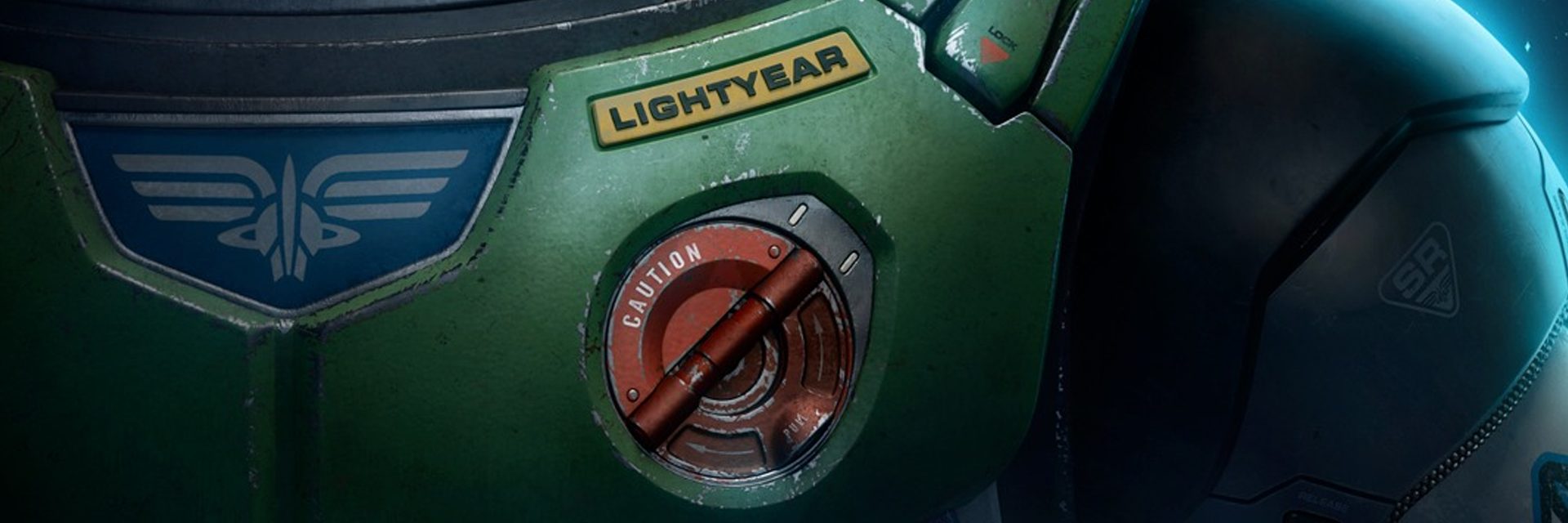Despite centring on the birth and burgeoning years of the second wave of Black Metal, having a cast of characters comprised of some of the pioneers of the second wave of Black metal, and having the narration of the film explain Black Metal to the audience several times, Lords of Chaos doesn’t seem to have any idea what Black Metal is. What’s worse than that is it doesn’t make Black Metal anything of it’s own creation, leaving it as a loosely defined musical style which is supposedly the driving force behind every bizarre and violent action the main characters carry out. This discontent and dissonance runs throughout every aspect of the film, and throughout the film it becomes clear that director Jonas Åkerlund isn’t overly concerned with narrative or characterisation but with making things look coo. He even succeeds in this in some moments, but it’s at the cost of the rest of the film, leaving it with a muddled and uneven style that kills any momentum or atmosphere that may have developed otherwise. In brief, this film has no balls.
To be fair, there are a few fleeting bright spots where enough elements fall into place that the scene they make up starts to make sense. Most of it is based around Rory Culkin, who delivers an impassioned performance with a good deal of feeling that’s hampered by bad writing but still comes off as relatively believable. When Culkin’s given some decent writing to work with in a scene that’s not too dialogue heavy, the camera ceases the obnoxious handled shaking that dominates the films photography style and remains still, and some good Metal is playing in the background, you get a glimpse into what might have been. Also, some of the more trivial things are done well, like Euronymous not dying his hair which leaves a brown ring atop his head, or having to hold up his bullet belt while he runs. Apart from these brief moments though, there is almost nothing of any substance to be found. The characterisation of Euronymous, Varg (played by Emory Cohen which despite his washy performance is wonderful because it annoyed the real Varg Vikernes), and Dead is scattershot and doesn’t follow much of an identifiable pattern of growth, rather changing characters moods and reactions to each others actions from scene to scene to make each one seem grand and important, which kills any of the import they might have had. The most egregious example of this is the addition of Ann-Marit, a character added almost solely to increase the run-time and facilitate a quasi deathbed conversion, only to completely dissapear when she isn’t needed.
Åkerlund can’t decide what he wants any of the characters to be, so he tries making them multiple things at the same time. Euronymous and Varg have a rivalry that stems from them each trying to one up each other and solidify control of the scene, but Euronymous fluctuates between being seriously committed top the ideology behind the scene and just doing it for exposure and so where never really sure where his motivations lie. Varg’s characterisation works in a historical sense, with him being both a killer and a goofy idiot, but he changes between the two too often and at odd intervals. In the case of all of them, it’s difficult to tell what exactly their transgressions are when what they’re transgressing against is never explained. There’s a short pre-amble introduced by the horrible semi-present narration about what life in Norway is like, but we rarely see anyone outside of the scene in any serious capacity. It makes the crimes committed feel empty and immaterial when we barely see the effects they cause, and the film relies heavily on introspective moments after these events to build atmosphere, but it all amounts to nothing.
The soundtrack is terribly handled. Many great Heavy Metal and first wave Black metal bands appear on the film’s soundtrack, like Sodom, Bathroy, and Sarcófago, but it’s rare that anything more than the first minute or even the opening riff is played, with the soundtrack instead being padded out by droning ambient music from Sigur Rós that doesn’t mesh stylistically with the films visuals. Åkerlund’s style has a distinctly clean look to it; All the raucous action and violence is evenly framed and clearly presented despite the handheld camera, and the edit is ridiculously jarring and full of cuts in order to counteract this and give the film some energy. It doesn’t work, and the result is something that is visually boring and difficult to look at., Similarly, the film as a whole is never quite clear on exactly what it’s purpose is, as it doesn’t really examine the characters, nor their actions in a wide context, nor even their relationships. Instead it takes people of great extremes, like murderers, arsonists, homophobes, and Nazis, and presents them half in a serious light, and half as a group of dumb kids. Lords of Chaos simply can’t decide whether it thinks it’s subjects were “Brutal”, or Brvtal.






